At the beginning of the Russian invasion of Ukraine, with Moscow’s troops just a few miles away from Kyiv, a sudden explosion from an incoming mortar sent shock waves through the glass of one of the largest greenhouses in the outskirts of the capital. Despite the chaos, a few hours after the blast a small group of workers inside the facility carried on with their invisible yet crucial task for the country’s morale and resilience – to cut flowers.
Flowers have always held a special place in Ukrainian culture, but their significance has soared during the conflict. They have become a means to express collective grief, a symbol of resistance, and a testament to the Ukrainian people’s determination to persevere despite the adversities they face. At the beginning of the war, in a powerful moment shared on social media, a woman confronted a heavily armed Russian soldier and offered him sunflower seeds, saying, “Take these seeds and put them in your pockets so at least sunflowers will grow when you all lie down here.”

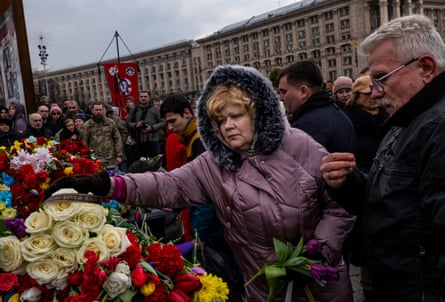
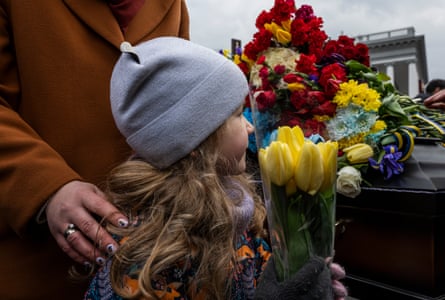
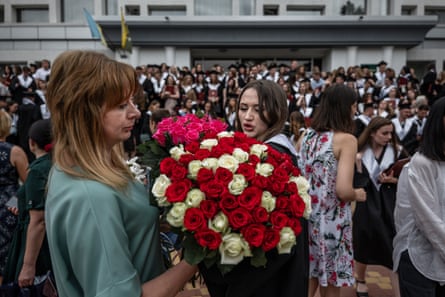
Flowers serve to honour Ukraine’s fallen soldiers and the victims of Russian strikes. They also continue to celebrate life’s milestones, such as weddings, baptisms, and birthdays.
Even in the war-torn cities, soldiers arrive at train stations with large bouquets of red roses, bringing smiles to the faces of those around them. After Ukrainian cities are liberated from Russian occupation, flowers are given to the military by grateful inhabitants. Throughout the country, flower shops have remained open for business, including in the frontline town of Sloviansk.
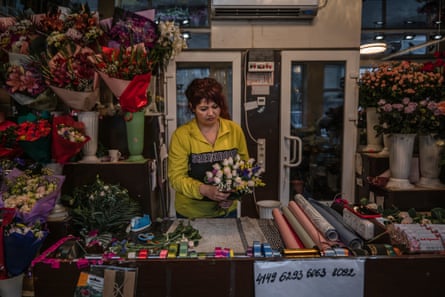
-
Throughout the country, flower shops have remained open for business, even here in the frontline town of Sloviansk.
The Guardian visited greenhouses, shops and production facilities where wood is burned to generate heat, which in turn warms the water needed for greenhouse cultivation.


-
In winter, heat is needed to grow the flowers in the greenhouses. Working with wood ovens instead of gas (as is done in the Netherlands) has allowed the company to continue the flower production even during Russia’s continued strikes on Ukraine’s energy infrastructure.
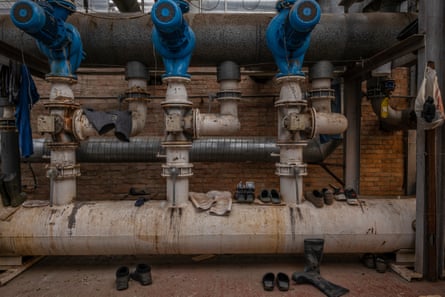
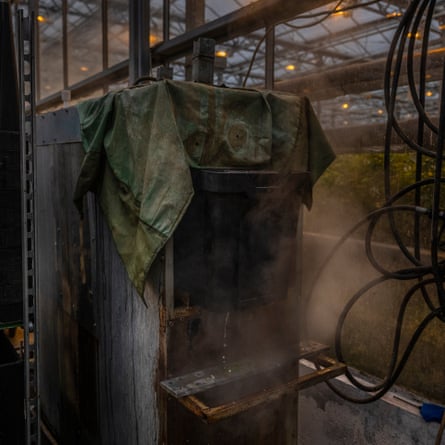

As Russia targets Ukraine’s energy infrastructure, this process allows companies to continue operating even during gas shortages. Workers diligently sit in control rooms, water plants, sow new seeds and meticulously cut flowers. Once the flowers are harvested, they are transported to a cooling room where they are sorted, packed for distribution and sold throughout Ukraine.



Even shops located in frontline cities, under constant threat from missile and artillery strikes, remain stocked with these symbolic blooms.
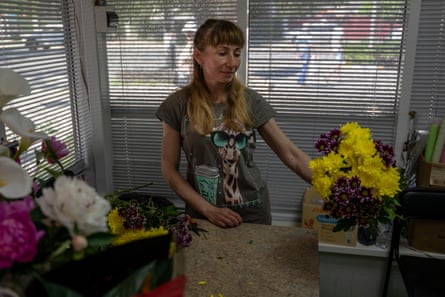
Petro Barash’s physical disability meant he was unable to join his two brothers fighting on the frontlines in the Donetsk region. Instead, he found solace and purpose in working at a flower production greenhouse on the outskirts of Kyiv. Despite the encroaching Russian forces during the siege of Kyiv, this greenhouse continued flower production. Petro, who inherited his father’s lifelong passion for growing flowers, believes they have the power to heal the wounds of war. When nearby explosions rattled the greenhouse windows, Petro was startled but stayed and continued his work.

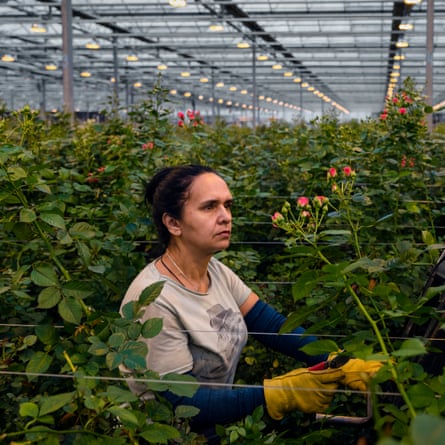
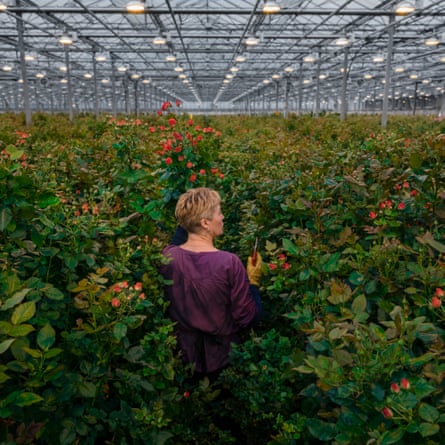
“Somebody has to stay here and do this work,” he says; “it’s how I contribute to victory.”







